Meadow moth - «Loxostege sticticalis» |
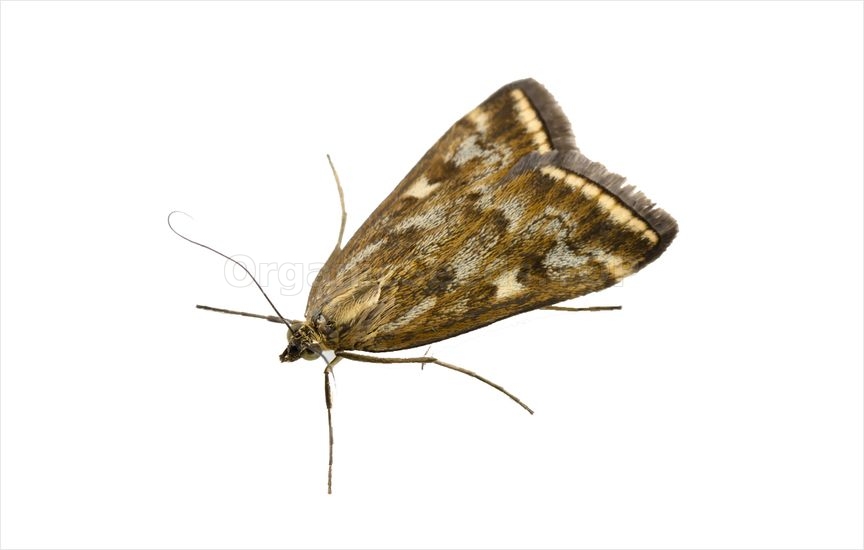 The meadow moth - is a polyphagous pest. Forage plants include hundreds of species from thirty-five families. It is characterized as a primary pest of sugar beets. Severely damages alfalfa, clover, hemp, cotton, sunflower, tobacco and many other garden, melon and industrial crops. Damages grapes, some tree species and cereals, including corn, but to a lesser extent. Prefers to feed on legumes and some asteraceae. Development is complete. Reproduction is bisexual. The pest is characterized by outbreaks of mass reproduction. Adult caterpillars that have completed their development overwinter. During the growing season, it develops from one to four generations, depending on the climate of the location. MorphologyImago
A butterfly with a wingspan of 18-27 mm. The front pair of wings are light brown with a yellow-brown pattern. The hind wings are brownish-gray with a pair of parallel stripes along the outer edge. The antennae are simple, thread-like, more than half the length of the fore wings. Labial palps are short, 1 1/2-2 1/3 times longer than the diameter of the eye and directed obliquely upward. Maxillary palps with brush of scales. The forehead has a clearly visible conical protrusion. Palpi short, no longer than head. 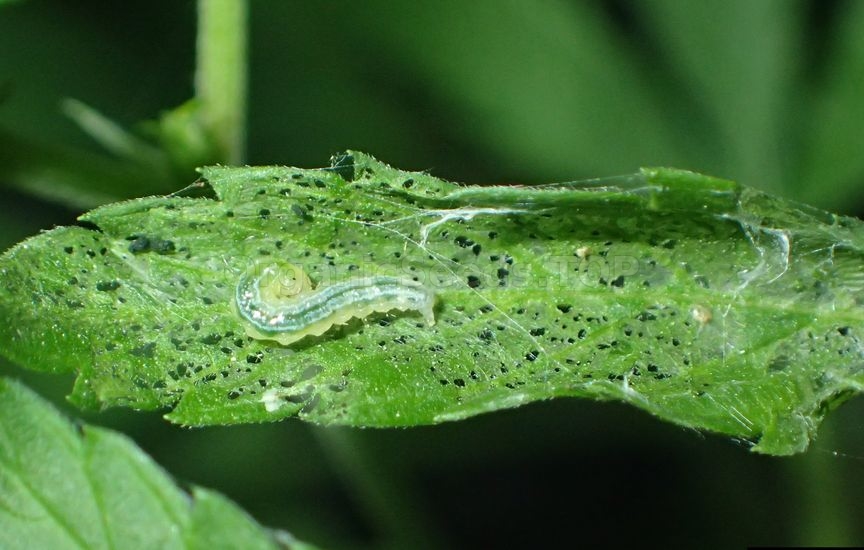 Egg The egg is flat-oval, yellowish-white with a pearlescent tint. Length 0.8-1 mm. Width 0.4-0.5 mm. Larva The larva (caterpillar) at the beginning of development is transparent green or yellow-green. In subsequent generations, the color varies from light green to almost black. There are shiny lines on the sides of the body; on the back there are two yellow intermittent stripes, limiting the middle dark wide stripe. The entire body is covered with hairy tubercles with a white ring border. The length of an adult caterpillar is 28-35 mm. Pupa Length 10-12 mm. The covers are straw-yellow or light brown. On the eve of the butterfly's emergence, the pupa becomes dark gray. The pupa is cylindrical, dense, silky. Length 20-70 mm. Width 3-4 mm. Externally covered with lumps of earth. At the top there is an oblong hole intended for the butterfly to exit. DevelopmentImago
The emergence of butterflies of the first generation in the southern part of the range is observed from the end of April, in the northern part - in June. Active adults at night and at dusk, they easily fly off the grass during the daytime. For the maturation of the genital organs, additional nutrition with nectar is necessary. But with high-quality nutrition in the caterpillar phase, the imago requires water consumption to mature the genital organs. With a lack of moisture, sterility of females and males and a decrease in the number of the species are observed. At the same time, drought can cause the migration of butterflies of the next generation. The lifespan of adults ranges from two to six weeks. The first generation adults emerge in the spring at an air temperature of +15 + 17°C. Depending on climatic conditions, years can last 1-2 months. 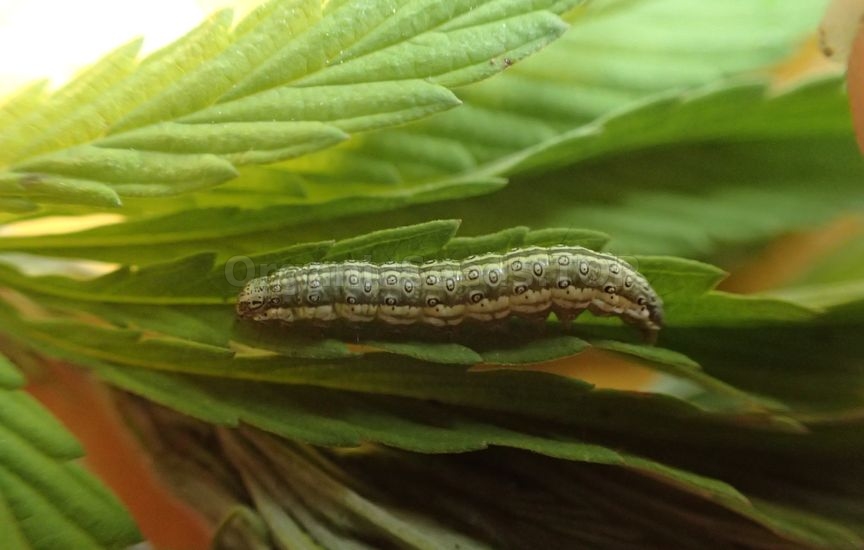 Mating period With sufficient additional nutrition, relative air humidity of 55-60% and a temperature of 17 to 30°C, females mature in 4-6 days. After this, mating with males occurs and eggs are laid. The maximum fertility of a female is 800 eggs, the average is 120-320 eggs. Egg laying occurs within 5-15 days on warm nights in areas with sparse vegetation and sufficient presence of food plants. Eggs are placed on the underside of leaves, on dry plant debris or lumps of soil, one at a time or in groups of up to 20 pieces, overlapping one another in a tile-like manner. Maximum fecundity of females occurs when the caterpillars feed on the desired food plants, and the ambient temperature is + 22 + 25 ° C, the relative air humidity is 80-100%, and the day length is at least 14 hours. Egg Embryonic development lasts from 2 to 15 days. Optimal development temperature is + 28°C. At temperatures above 30°C and relative humidity less than 40%, more than half of the meadow moth eggs die from lack of moisture. Larva The first instar larva (caterpillar) feeds on young leaves, gnawing the pulp from the bottom of the leaf blade. The skin of the upper side is not damaged. As a result, irregularly shaped “windows” are formed on the leaves. The first instar caterpillars do not damage cereal plants, in particular corn, and die when forced to feed on them. In the third instar and later, the caterpillars switch to feeding on various weeds and crops, including corn and other cereals. At this age, they roughly eat the leaves, leaving only large veins entwined with silky webs. When the pest population is high, the cuttings are eaten, the heads of root crops are damaged, and shoots and fruits are gnawed. 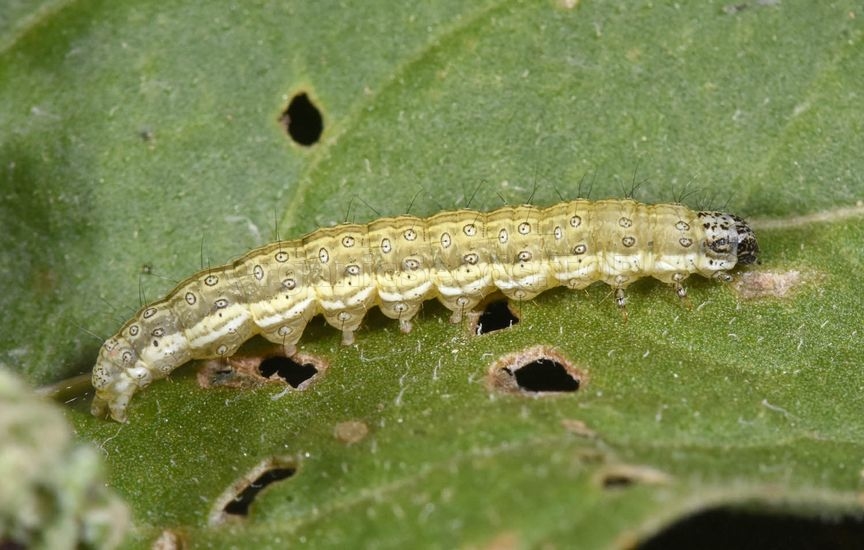 In search of food, caterpillars move up to 50 m, and sometimes mass migrations are observed. The duration of caterpillar feeding depends on temperature and varies from 7 to 30 days. Optimally 10 days at +27 ° C. After finishing feeding, the caterpillars of summer generations burrow into the ground, where they form pupae. Meadow moth caterpillars are sensitive to the length of daylight. Under conditions of optimal temperatures and a day length of 16 hours or more, their development proceeds continuously. At temperatures below 18°C and daylight hours of less than 14 hours, the development of caterpillars stops and diapause occurs. In this state, the caterpillars go to winter. The caterpillars of the last generations that managed to create a pupa survive the winter. Cold resistance of diapasizing caterpillars is down to - 21°C. Active caterpillars survive temperatures as low as 5°C. Pupation is observed in the spring when the soil in the area where the caterpillar is located warms up to + 12°C. Pupa Pupation takes place in a vertically located nest, in the upper soil layer. The inlet hole is located near the surface or at a depth of no more than 10 mm. In loose soils the nest has an elongated shape, in dense soils it has a short shape. Most often, the nest of the meadow moth can be found on the side of roads and at the edges of fields. The number of nests can exceed 500 individuals per m2. Optimum for pupa development is + 22 + 30°C. The pupal stage can last from 10 days to 4 weeks. 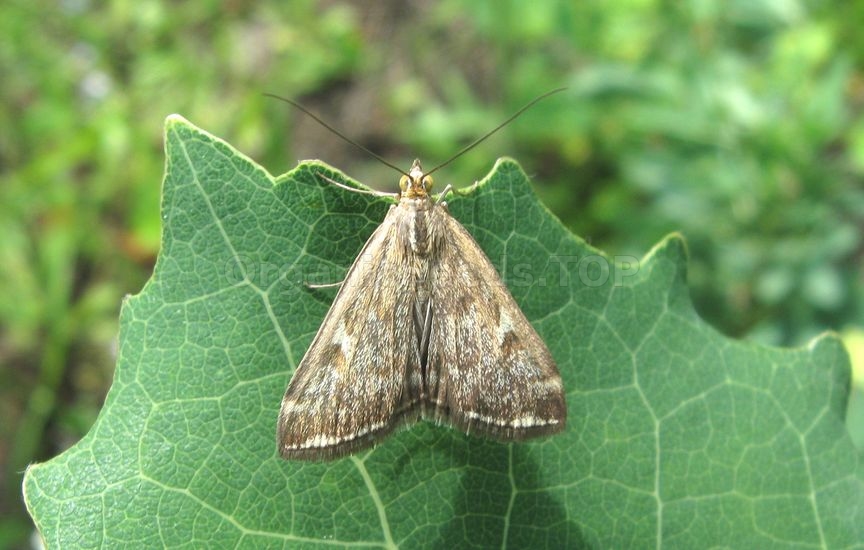 Abiotic factorsThe species is polycyclic. In part of the steppe zone, sometimes in the south the forest zone develops two generations. In the north of the range, one generation develops.
Favorable conditions for the development of the meadow moth lead to an outbreak of mass reproduction and a sharp increase in the harmfulness of the species. There is a version that this phenomenon occurs at intervals of 11 years, in accordance with the solar activity cycle. The meadow moth - is a broad polyphagous species. Caterpillars are harmful. Among cultivated plants, it primarily harms sugar beets. The pest's food plants include hundreds of plant species from 35 families. Prefers goosefoot and Compositae.
You may need:«Meadow moth» trapPheromone trapsGlue trap (single adhesive cardboard) 205x125 mm |
|
|
